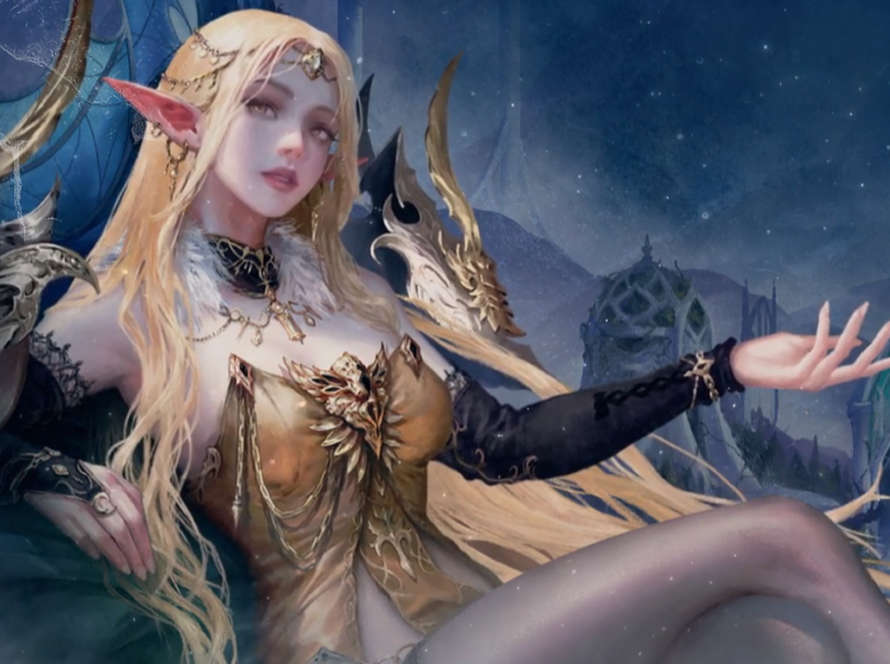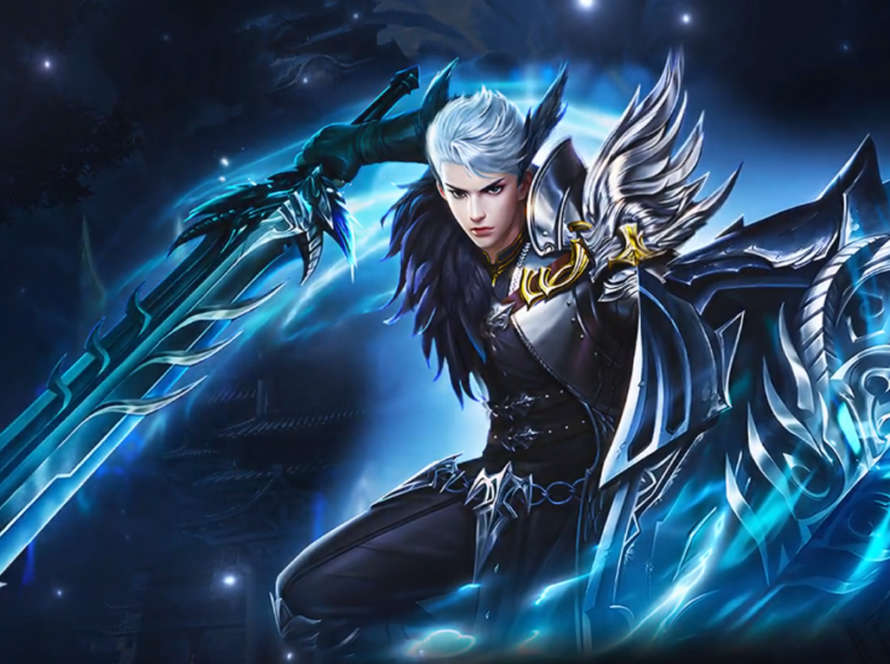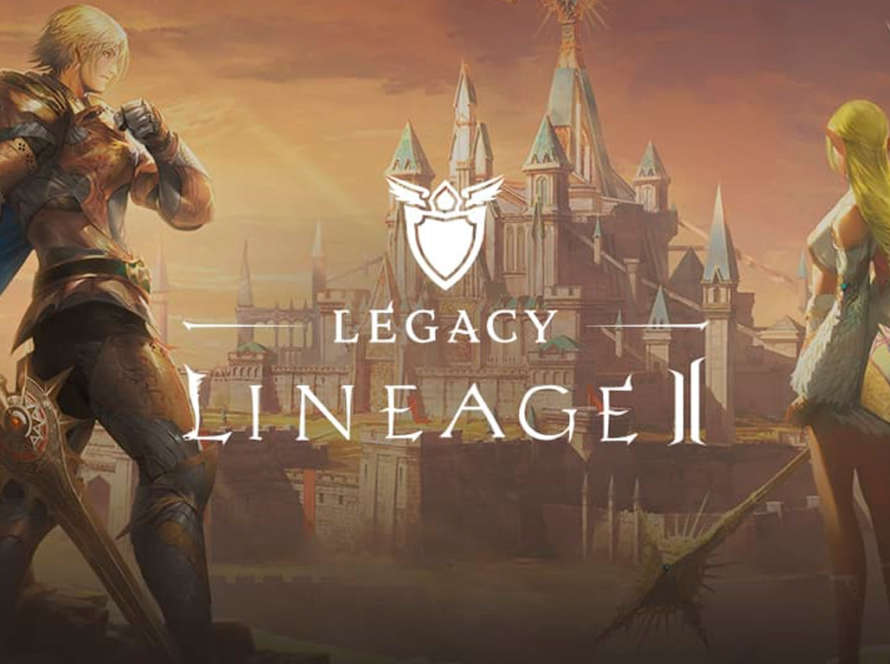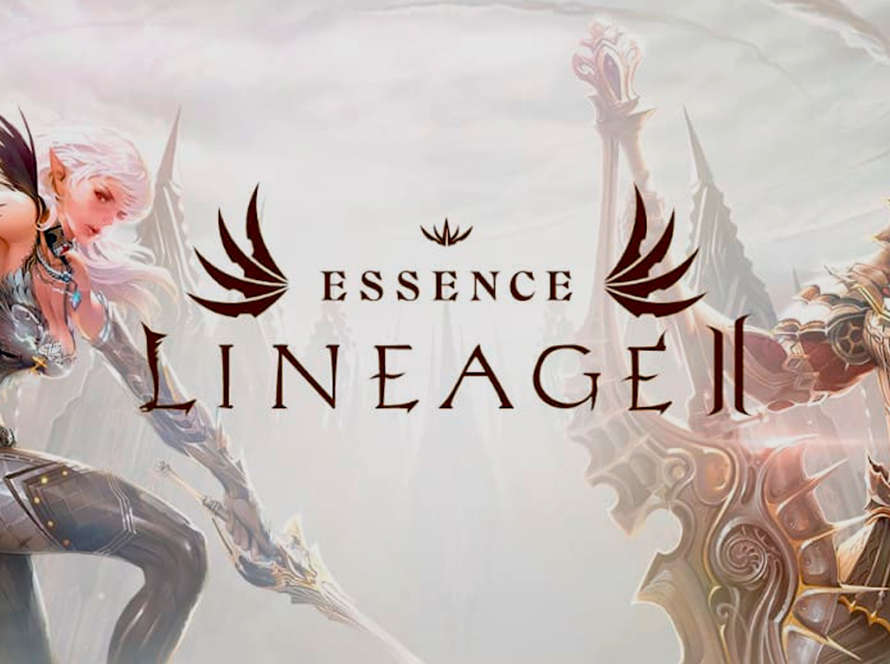Hey gamers, have you ever wondered where those epic worlds we spend hours, days, and sometimes even months in come from? Los MMORPG (Massively Multiplayer Online Role-Playing Games) didn’t just appear out of nowhere. They have a fascinating history full of innovation, adventures, and of course, a ton of fun! Get ready for a nostalgic journey through time as we explore the evolution of MMORPG, from their humble beginnings to the vast universes we know today.
The Dawn of Online Games
To understand how we got giants like World of Warcraft or Final Fantasy XIV, we need to go back to the 70s and 80s. At that time, traditional role-playing games like Dungeons & Dragons were the closest thing we had to MMORPGs. But what if we could bring those role-playing games to the digital age?
Enter MUD1 (Multi-User Dungeon), created in 1978 by Roy Trubshaw and Richard Bartle. This was the grandfather of all modern MMORPG. MUD1 was a text-based game where players could explore, fight creatures, and solve puzzles, all in a shared virtual environment. No graphics, no special effects, just pure imagination and lines of text. But boy, was it addictive!
The 90s: The Awakening of Graphics
Jumping to the 90s, a golden decade for technology and video games, graphics began to play a crucial role. In 1991, Neverwinter Nights became the first graphical MMORPG, and it was a boom. This game combined basic graphics with an online gaming experience, quickly capturing the attention of gamers.
Then came Ultima Online in 1997, a true pioneer that set many of the standards we know today. Ultima Online offered a vast open world where players could trade, fight, and build their own stories. It was one of the first games to demonstrate the potential of MMORPG as a place where players could really get lost.
The Explosion of the 2000s
Entering the new millennium brought an explosion of MMORPG that marked the childhood and adolescence of many of us. In 2001, RuneScape hit the scene with its accessibility and unique graphical style. It was a game that allowed thousands of players to experience an MMORPG without needing powerful hardware, just an internet connection.
In 2002, Ragnarok Online immersed us in its charming world inspired by Norse mythology, with 2D/3D graphics and a gameplay style that combined fast action with deep role-playing elements. Its community and unique class system kept many hooked for years.
Then we have Lineage, launched in 1998 and hugely successful in Asia. This game not only offered solid gameplay and a medieval fantasy setting, but also introduced PvP (player versus player) mechanics that became a standard in later MMORPGs. Its sequel, Lineage II, released in 2003, upped the ante with improved graphics, a more extensive world, and more complex gameplay, cementing the franchise as a fundamental pillar in the genre.
But it was in 2004 when Blizzard Entertainment launched World of Warcraft (WoW), and nothing was the same again. WoW not only offered a vast and detailed world full of quests, dungeons, and epic battles, but also established a global community of players. The combination of addictive gameplay, deep storytelling, and constant updates made it a cultural phenomenon.
The Modern Era of MMORPGs
Today, MMORPG are more varied and accessible than ever. Games like Final Fantasy XIV, The Elder Scrolls Online, and Guild Wars 2 continue to evolve, offering cutting-edge graphics, immersive stories, and, most importantly, living worlds where players can be whatever they want to be.
In this scenario, we can’t forget Minecraft. Although not an MMORPG in the traditional sense, its multiplayer mode has allowed millions of players to create, explore, and survive together in an open world, proving that the essence of MMORPGs can take many forms.
The arrival of MMORPG on mobile has further expanded the spectrum. Titles like Black Desert Mobile and Lineage 2 Revolution allow us to carry those immersive worlds in our pockets, ready to play anytime, anywhere.
Additionally, virtual reality (VR) is beginning to open new frontiers. Games like OrbusVR are exploring what it means to be truly immersed in an MMORPGS world, where you don’t just see the world through a screen but are physically inside it.
What Does the Future Hold?
The future of MMORPG is as vast and uncertain as the worlds they create. With emerging technologies like artificial intelligence and blockchain, we could see games with more advanced enemy intelligence, persistently changing worlds, and virtual economies driven by cryptocurrencies.
What is certain is that MMORPG will continue to evolve, capturing our imaginations and offering us places where we can be heroes, adventurers, and explorers. So, whether you’re roaming the lands of Azeroth, exploring Eorzea, battling in the castles of Aden, venturing into the world of Rune-Midgard, or simply building your own fortress in Minecraft, one thing is clear: MMORPG are here to stay, and the adventure is just beginning.
See you in the next raid, gamers! And may the loot drops always be in your favor!




